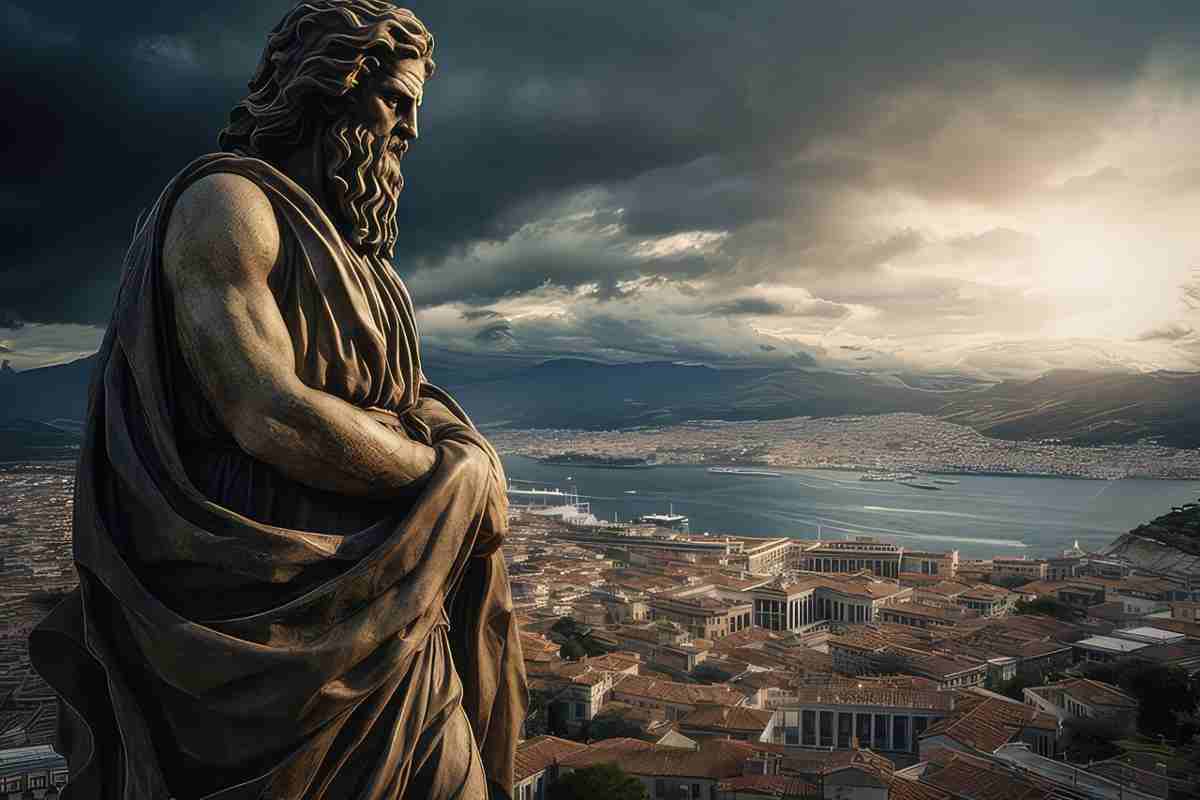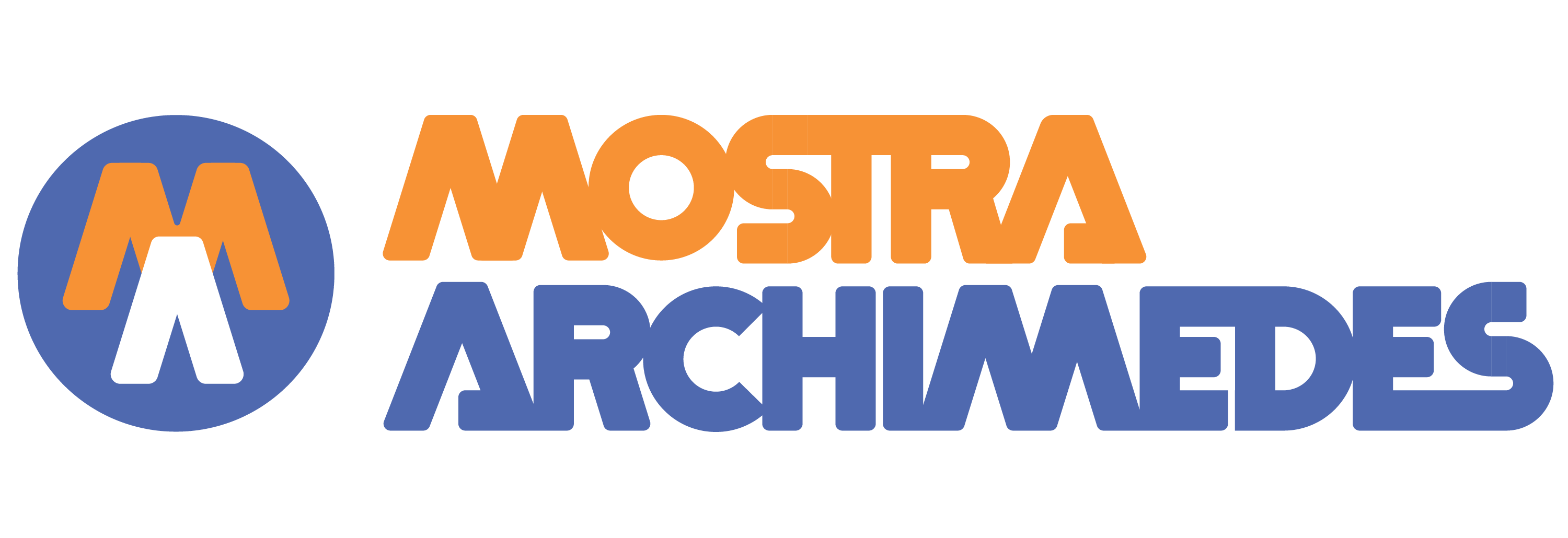Mostra come immersione in un contesto che rimanda indietro nel tempo: alla scoperta di Archimede e delle sue invenzioni.
La mostra si apre nell’ex Chiesa (ora Galleria) di Montevergini, in una grande sala dotata di 16 videoproiettori per una visione multimediale a 360 gradi che accompagna i visitatori in un viaggio indietro nel tempo e li “immerge” nella città di Archimede nel III secolo a.C. Una ricostruzione spettacolare ma estremamente accurata mostra alcuni degli edifici iconici (il Castello di Eurialo, il Teatro Greco, il Tempio di Atena) che hanno reso Siracusa una delle città più importanti del Mediterraneo anche in termini artistici e culturali.

Una serie di animazioni ideate da Lorenzo Lopane e realizzate con la collaborazione degli studenti dell’INDA fa rivivere gli antichi siracusani e il grande scienziato in mezzo a loro, evidenziando così l’importanza della città e del contesto troppo spesso trascurato in cui si è formata la personalità di Archimede. Basato su fonti storiche e archeologiche, un racconto intrigante e suggestivo disponibile in quattro lingue (con la voce di Massimo Popolizio nella versione italiana) consente ai visitatori di ripercorrere gli eventi che portarono allo scontro con Roma verso la fine della seconda guerra punica. Così le spettacolari macchine da guerra ideate da Archimede e messe in servizio nel corso della battaglia che ebbe luogo al largo di Ortigia diventano le protagoniste della parte finale, che si conclude con la morte del grande scienziato siracusano.
Archimede, l’inventore per eccellenza
Ma questo è solo l’inizio di un’esplorazione interattiva multiforme che include oltre venti modelli funzionanti di macchine e dispositivi tradizionalmente attribuiti ad Archimede, che vanno dalla vite idraulica alla vite senza fine, dagli specchi ustori all’orologio ad acqua che gli scrittori arabi medievali gli attribuiscono di aver ideato, e dal “cannone a vapore” che Leonardo da Vinci ci dice di aver inventato al planetario meccanico che doveva essere portato a Roma come parte del bottino di guerra dopo la caduta della città. Ciascuna delle mostre è accompagnata da materiale video interattivo, didascalie esplicative e citazioni dalle fonti.
L’attrazione invariabilmente esercitata dall’immagine di Archimede non è dovuta solo alle macchine sorprendenti che si ritiene tradizionalmente abbia ideato, ma anche ai risultati estremamente importanti che ha raggiunto nella sua ricerca e di cui rimangono tracce nei suoi scritti. Le ingegnose intuizioni meccaniche e geometriche di Archimede, che sono generalmente comprensibili solo a un gruppo selezionato di esperti, sono qui presentate in modo semplice e accessibile. I modelli funzionanti illustrano sia gli aspetti salienti della sua ricerca sia i suoi sorprendenti risultati nella sfera dell’applicazione pratica.
L’immagine di Archimede ha attraversato intatta 23 secoli. La sua instancabile determinazione ad acquisire conoscenza e la profondità dei suoi studi lo hanno reso l’inventore per eccellenza, capace di progettare dispositivi meccanici destinati ad accendere l’immaginazione di ogni generazione, al punto che il suo nome è ancora oggi sinonimo di invenzione e innovazione nel campo della produzione industriale e della progettazione. Ammirato dagli uomini di cultura di ogni epoca, Archimede è stato descritto, fin dall’antichità e per tutto il Medioevo latino e arabo, come un inventore, un astronomo, un matematico e un esperto nella costruzione di dispositivi meccanici.






